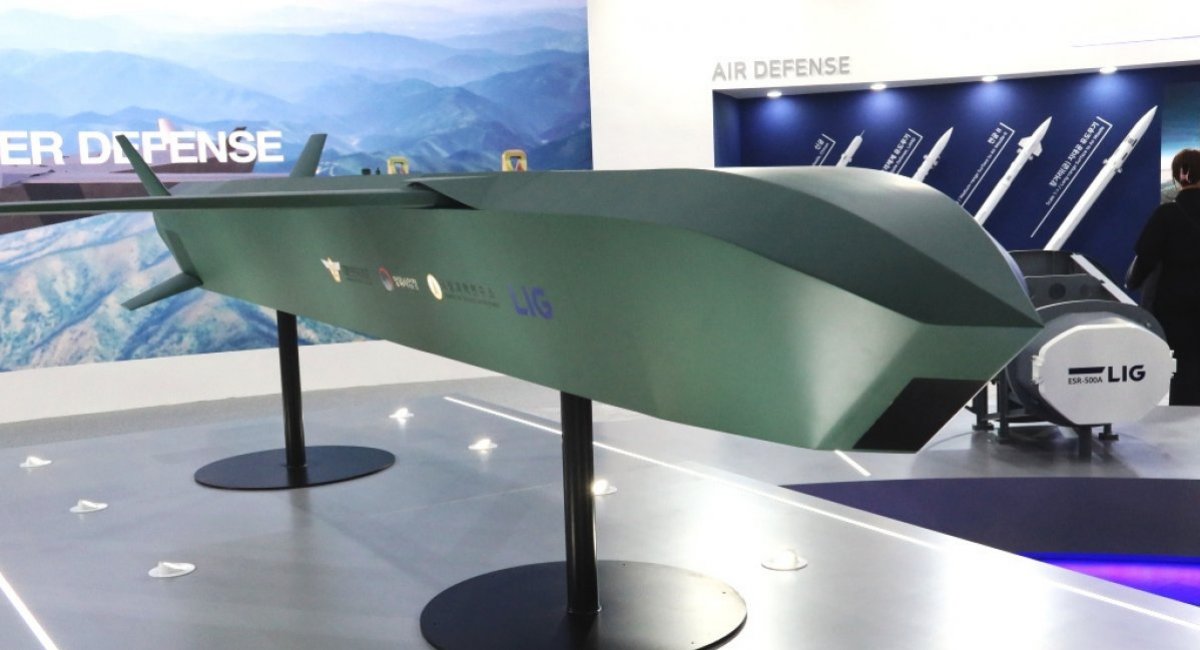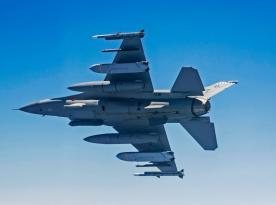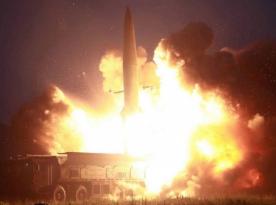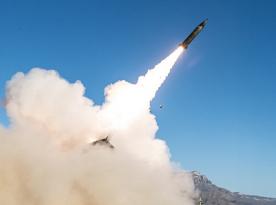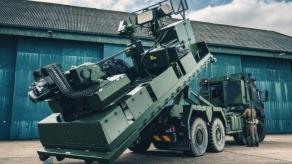The South Korean defense company LIG Nex1 hopes to surpass Europe’s MBDA and Israel’s Rafael in both missile manufacturing and global market share. To achieve this, it is developing two new high-tech missiles for striking ground targets.
According to bizhankook.com, the focus is on 250-pound and 1,000-pound class missiles. LIG Nex1 expects to leap ahead of competitors through the use of AI-driven solutions and modularity, enabling these missiles to perform various mission profiles.
Read more: Poland and South Korea Establish Joint Venture to Build Rockets For "HIMARS Rival" Chunmoo
The 250-pound missile (approximately 113 kg) is comparable in size to the American GBU-53 SDB-II precision glide bomb or the MBDA Spear 3 small missile. It will incorporate composite materials to enhance its stealth features.
A key capability of this missile is its ability to fly autonomously alongside unmanned combat aircraft and to be scaled for different roles depending on the mission. Proposed configurations include electronic warfare (EW) and electromagnetic payloads for countering UAVs or acting as decoys against air defense systems.
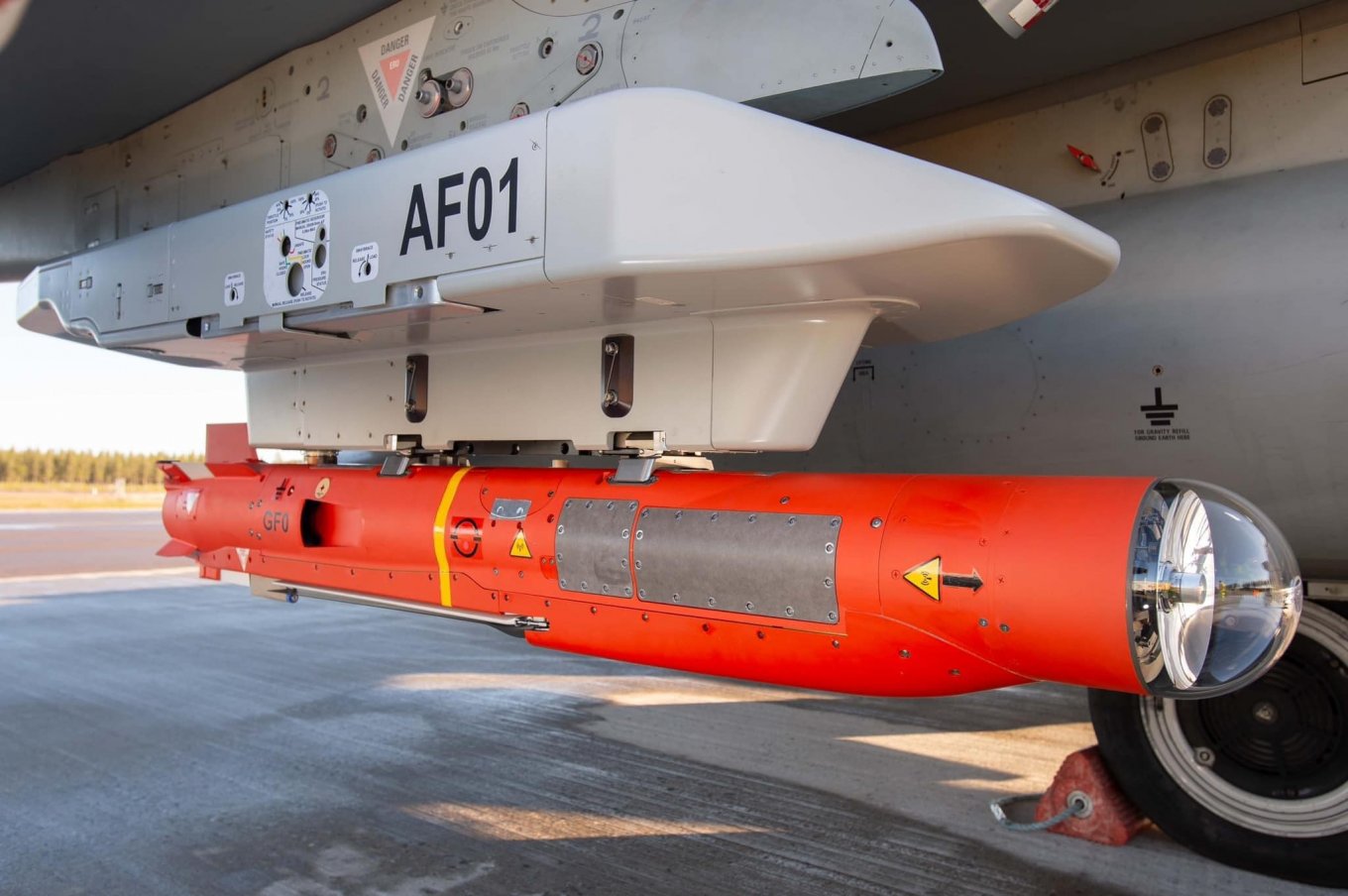
The missile’s modular architecture allows it to be equipped with different payloads, including thermal imaging reconnaissance sensors, warheads, electromagnetic modules, observation modules, and communication relay modules. This broad range of options effectively turns a conventional missile into a multirole drone platform.
An optional propulsion system is also being considered, allowing the weapon to function as a glide bomb. Conceptual studies will continue through 2025, with the first prototype expected by 2026.
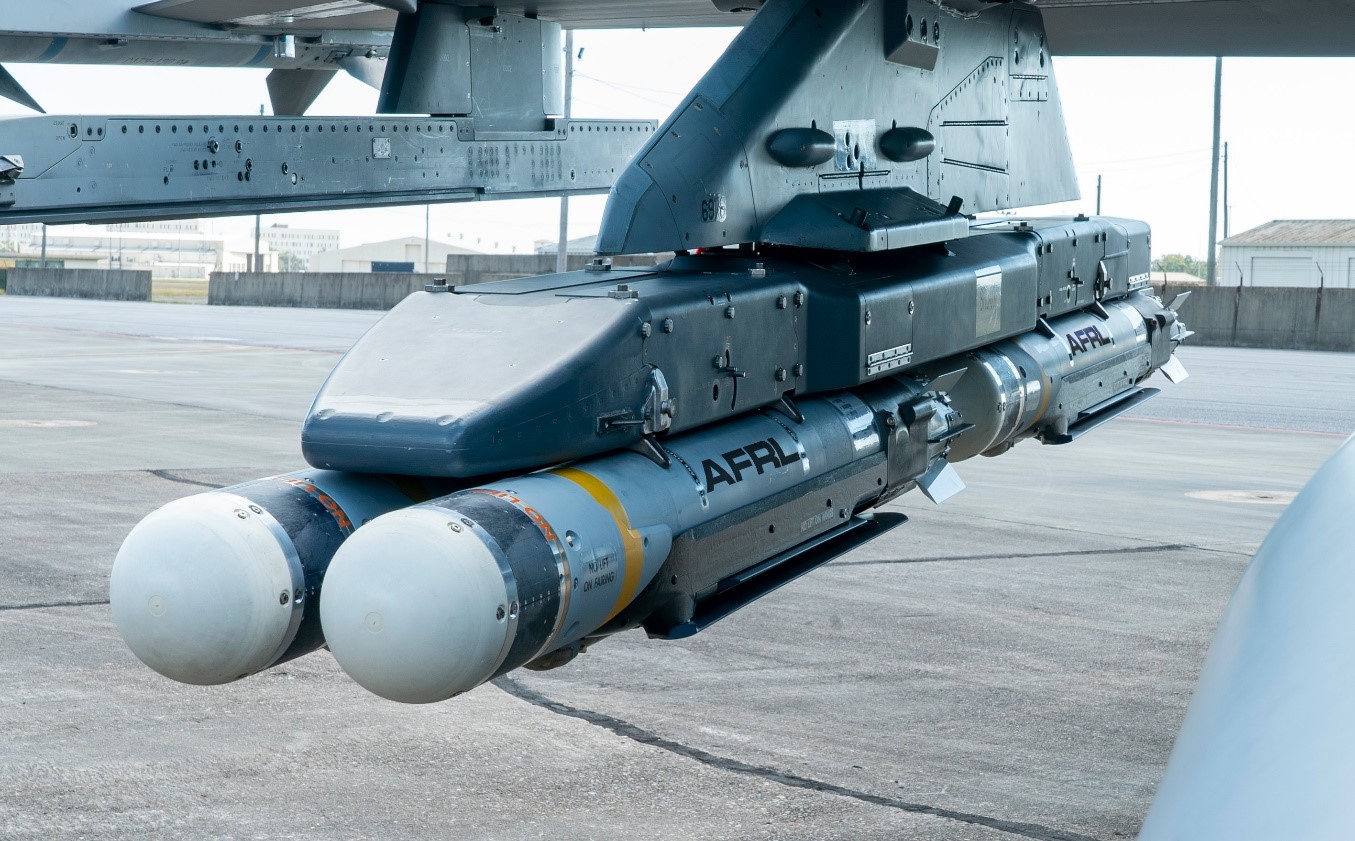
The 1,000-pound missile is similar in size and function to Norway’s Naval Strike Missile (NSM). It is intended for engaging both land and naval targets.
Depending on its role, the missile will use different warheads and guidance systems, interchangeable thanks to its modular design. The use of artificial intelligence for navigation and terminal guidance is also planned.
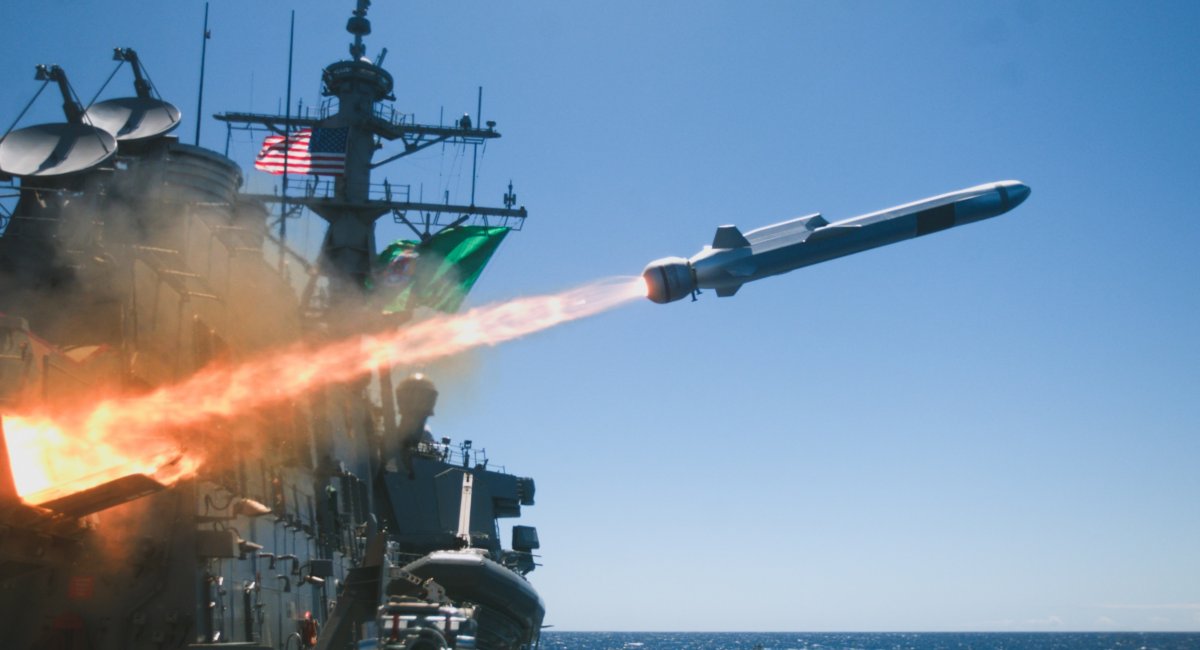
Development will proceed in two phases: 2025–2029 for a ground-launched version, followed by 2029–2032 for an air-launched variant.
From Defense Express, we would add that these are ambitious plans and interesting projects. However, such extensive modularity could impact the missile’s efficiency in specific roles and drive up production costs. It is also worth noting that existing systems like the NSM and Ukraine’s Neptune are already capable of striking both land and naval targets.
Read more: South Korea Unveils Its Own Naval Kamikaze Drone With Guided Missiles, Inspired by Ukraine




